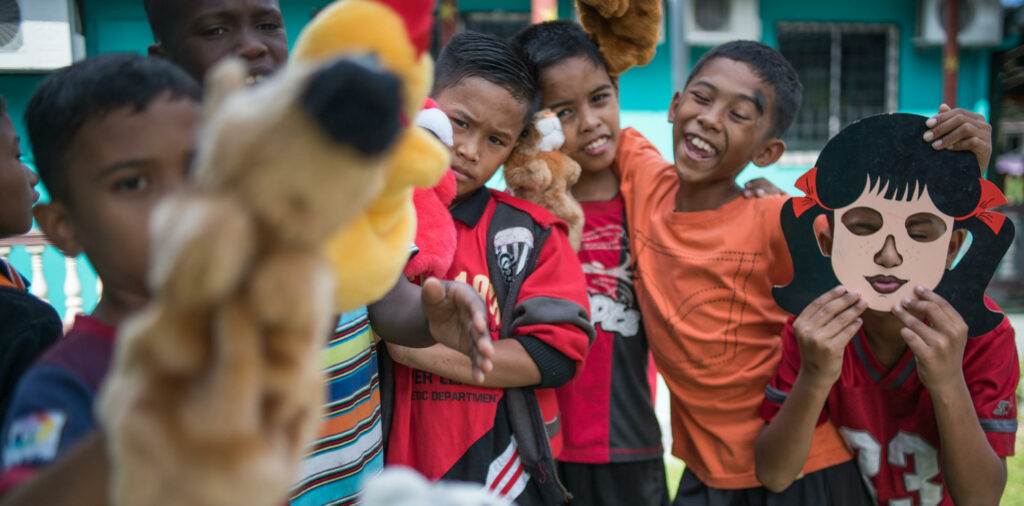Our approach in Malaysia involves stakeholders implementing a tried and proven Deinstitutionalisation (DI) model founded on international best practice methods. OrphanCare works closely with Lumos, an international UK-based NGO founded by author JK Rowling that is at the forefront of the push to end the institutionalisation of children around the world. Implementing a system that will allow children to be raised in a safe and loving environment is not straightforward.
DI is not about closing buildings or developing new services. It is a process that gives children the opportunity to reclaim their identities and grow their individuality. The success of DI is not measured by a simple reduction in the number of children in institutions. What is important is the long-term quality of life for children who transition from institutions.
There are 5 areas that need to be addressed in order to turn an outdated and harmful system into one that protects children and gives them a future.
- Influencing decision-makers and funders through policy and advocacy
- OrphanCare Foundation has worked hard to convince the government that the institutionalisation of children should end. It is focusing on convincing corporations that they should stop supporting orphanages and help fund the alternative family and community-based care model instead
- Share expertise and build capacity
- OrphanCare arranges training workshops using trainers who are experts in the field
- Address legal frameworks
- OrphanCare worked to bring about the recent changes to the Child Act (Amendment) 2016 that will facilitate the implementation of DI
- Redirect budgets
- Budgets need to be re-looked. The transition from institutions to family and community-based care will require a significant reallocation of funds
- Support children through the transition from one system to another
- By following new models of care, we will be able to better help children
The primary motivation for DI however must be a genuine commitment to respect the rights of all children. The focus should always be the right of the child to develop to his or her full potential. This is more likely in a nurturing environment.
Source: Accreditation: Ending the institutionalisation of children in Malaysia 2014 Lumos
